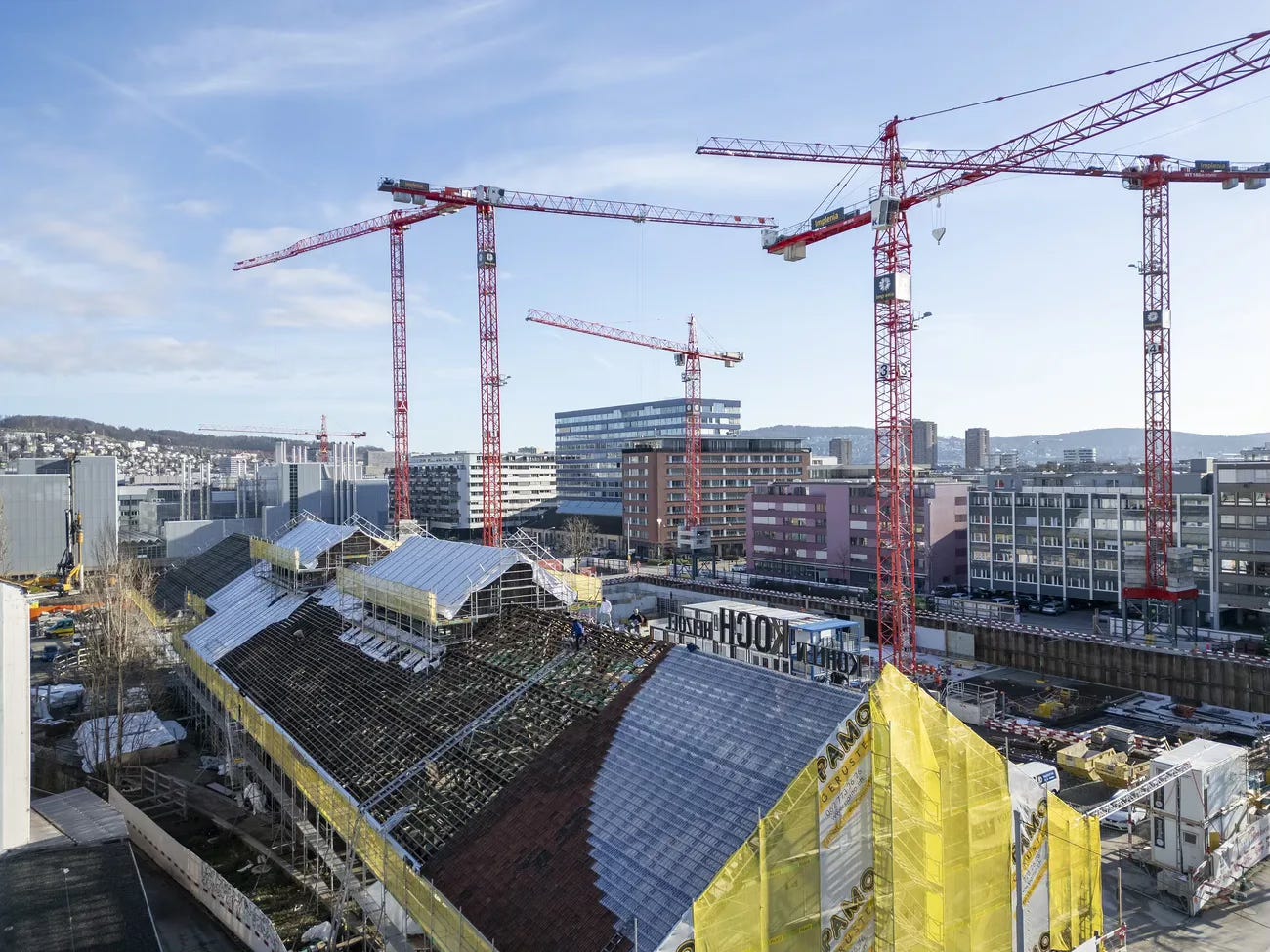In a previous article, I delved into Zurich’s housing crisis and the investment opportunities it might present. Today, we broaden our scope to examine the dynamics of Switzerland's real estate market.
By the close of 2023, Switzerland's population surged to 8,962,300, reflecting an increase of 1.7%, or 146,900 individuals, compared to the previous year. Such a sharp rise hasn’t been seen since the 1960s. But the pressing question remains: where are all these people living?
According to the Swiss Federal Statistical Office, the national vacancy rate has steadily decreased since peaking in 2020. As of June 1, 2024, fewer than 52,000 apartments remained unoccupied, representing a mere 1.08% of the total housing stock. This marks a 34% decline from 2020 levels and a 5% drop compared to 2023.
It is worth noting, however, that this contraction stems almost exclusively from the rental market. The number of vacant rental units fell from 44,200 in 2023 to 40,400 this year. In contrast, the availability of properties for sale increased from 10,500 to 11,500 over the same period.
At this point, I must extend my gratitude to Wüest Partner for their comprehensive data visualizations, which made deciphering these trends far simpler.
A vacancy rate below 1% signifies a housing shortage. As the data shows, more than half of Switzerland is already grappling with this issue.
Speaking of challenges, according to this graph, finding a flat in Zurich feels like a competitive sport, while in Geneva, it's more akin to charming your way past a bouncer with a god complex at an exclusive underground club. Unsurprisingly, Geneva now holds the dubious honor of being Europe’s least affordable city for housing, with Zurich following closely behind, tied for fourth place alongside Hamburg and Stockholm.
This shortage in supply is favorable for subletters, who have seen rental prices climb 3.4% between April 2023 and April 2024, driven by both the housing crunch and rising reference interest rates. Yet, while subletters benefit, renters are feeling the pinch. According to Caritas, some households have already begun cutting back on basic expenses to meet the demands of rising rents.
Looking ahead, as population growth shows no signs of slowing, the only sustainable solution lies in the construction of new apartments. Encouragingly, Switzerland recorded a 22% increase in building applications in the second quarter of 2024 (compared to last year), likely spurred by favorable financing conditions, stable construction costs, and persistent demand. However, it remains to be seen whether all of these applications will translate into approved projects.
Still, Switzerland faces a series of pressing challenges as it seeks to address this growing housing dilemma:
The need for urban densification
Tackling affordability concerns, particularly for low-income households
Streamlining the approval process for new construction projects
As a result of these challenges, there is already a noticeable shift in consumer behavior. The rise of shared living arrangements is no longer confined to younger generations but is also being embraced by the older population. This evolving trend not only addresses affordability concerns but also aligns with efforts to combat global warming by reducing individual energy consumption. Consequently, this shift presents new investment opportunities in Switzerland, where the development of apartments specifically designed for co-living could offer a promising avenue for the future.





